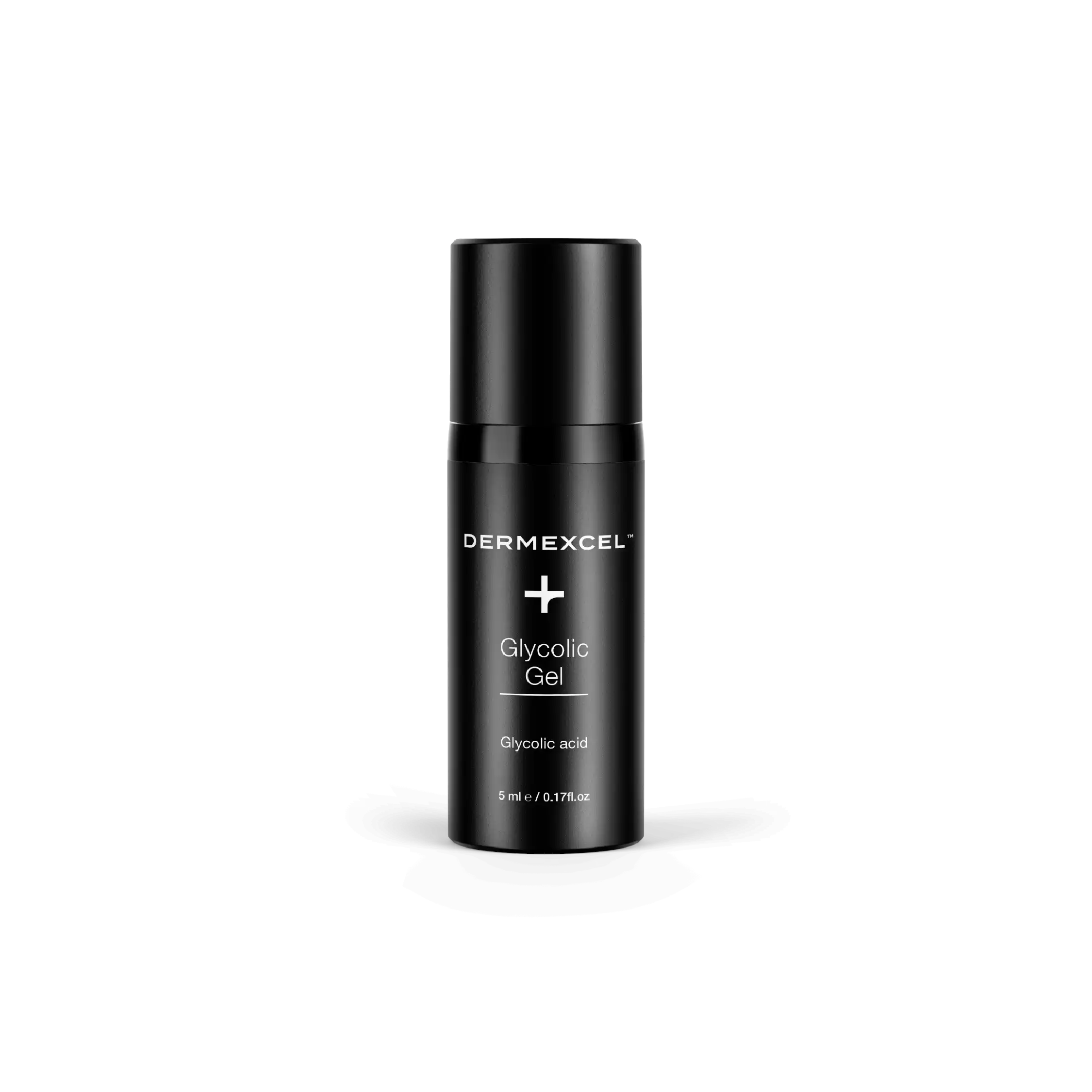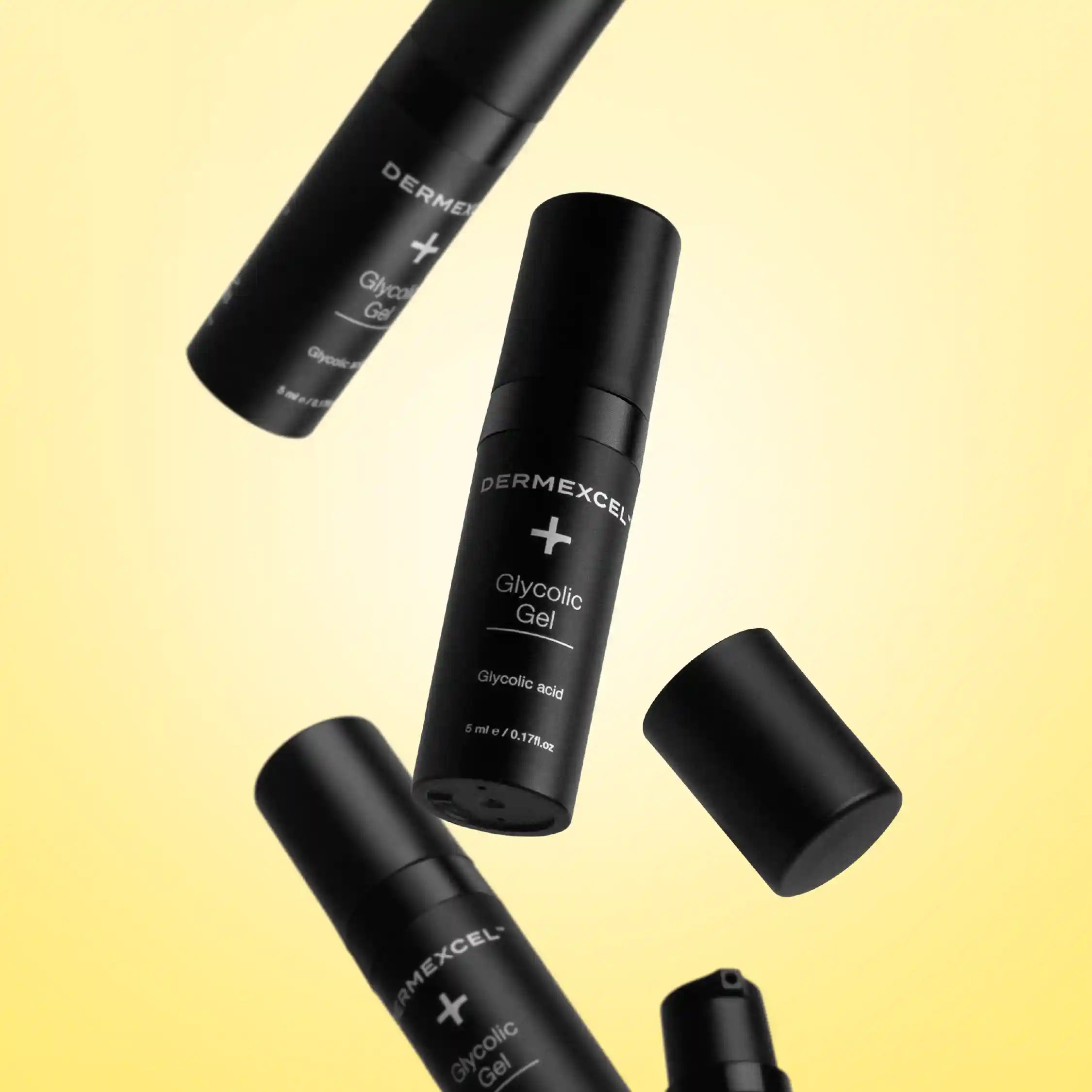Aqua, Propylene glycol, Glycolic acid, Glycerin, Polyacrylamide & C13-14 Isoparaffin & Laureth-7, Triethanolamine, Hydroxyethylcellulose, Potassium hydroxide
Glycolic Gel: Travel Size
product benefits
Improve Sun-Damaged Skin
Boost Collagen Production
Refine Skin Texture & Pores
Enhance skin renewal
Indications for Glycolic Gel: Travel Size
Dull & Lifeless Skin
Pigmentation
Rough Skin Texture
Aging Skin
Volume loss
Enlarged Pores
Pigmentation
Rough Skin Texture
Aging Skin
Volume loss
Enlarged Pores
glycolic gel
mode of action
exfoliating action
glycolic acid
exfoliating & renewing action
mode of action
glycolic acid as aging and pigmentation treatment

Even Skin Tone

Anti-Aging

Exfoliating

Brightening
Testimonials














